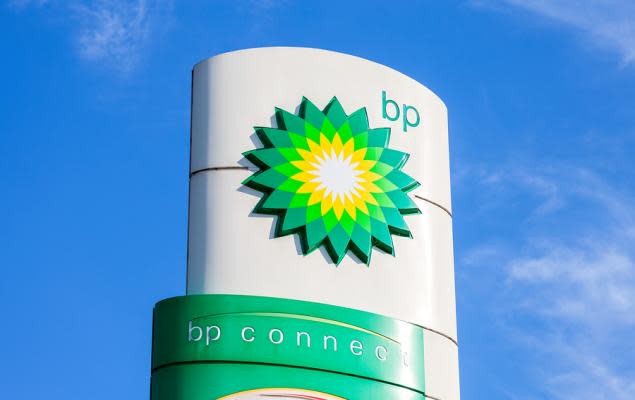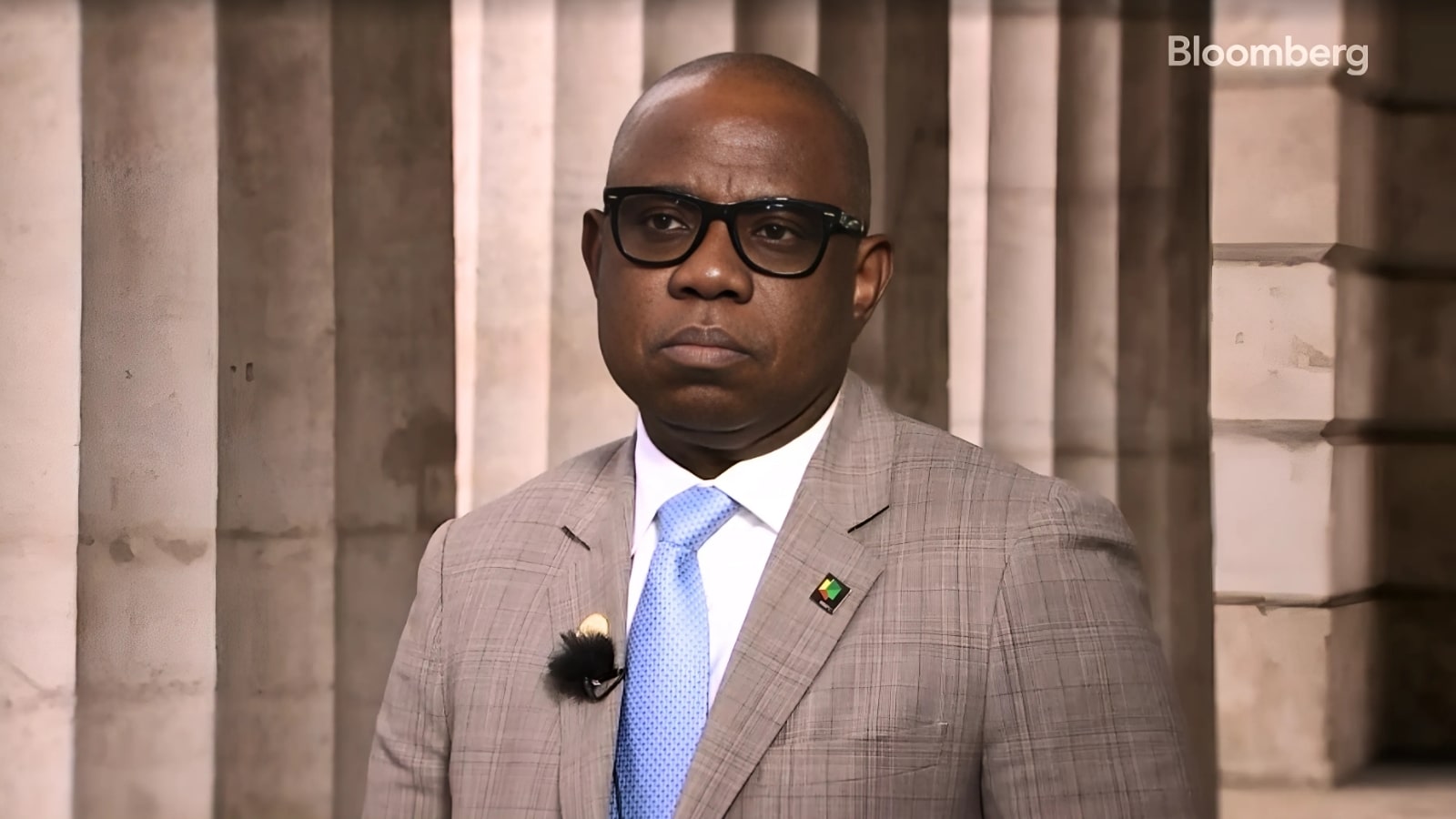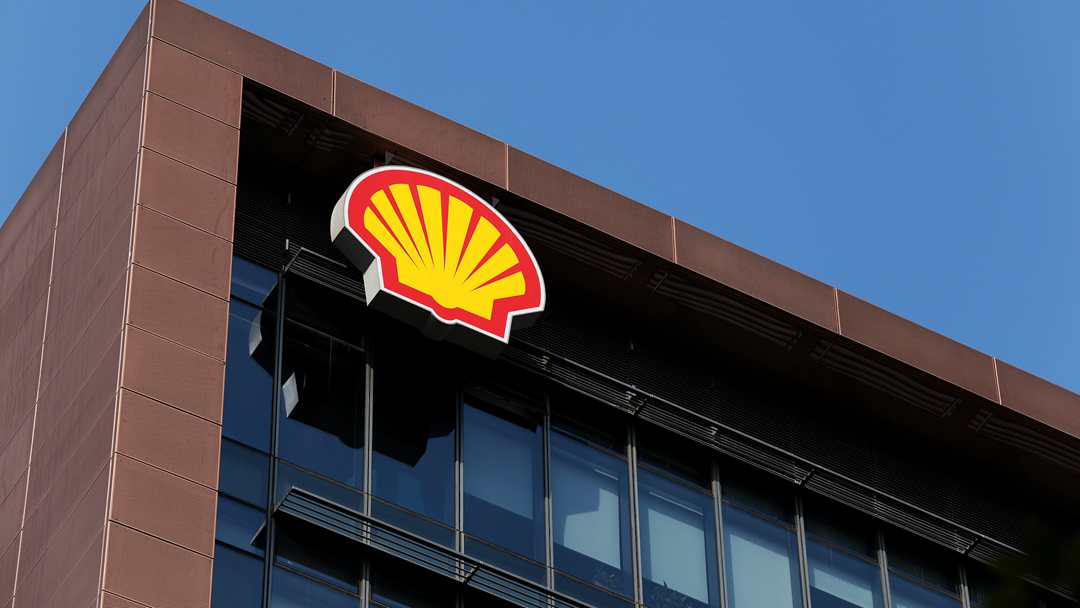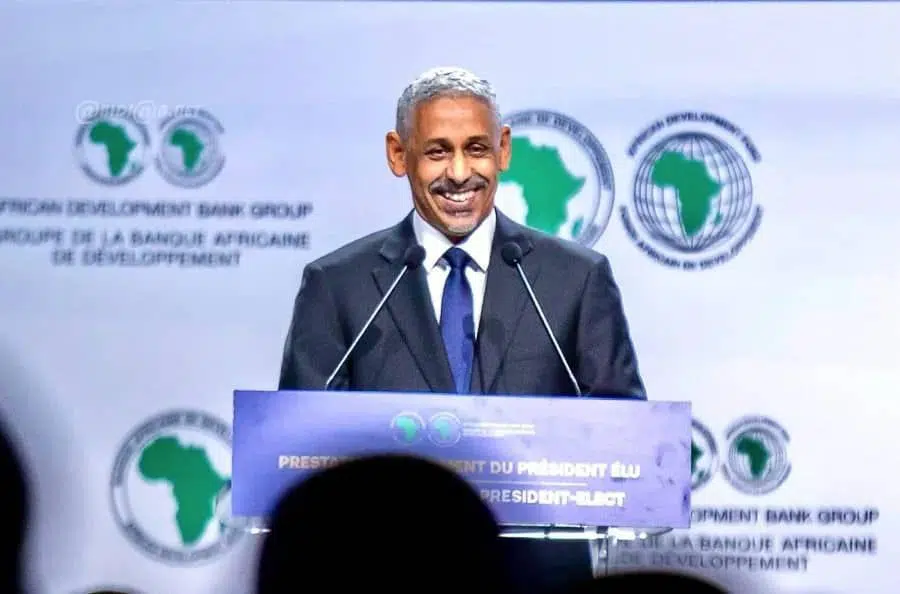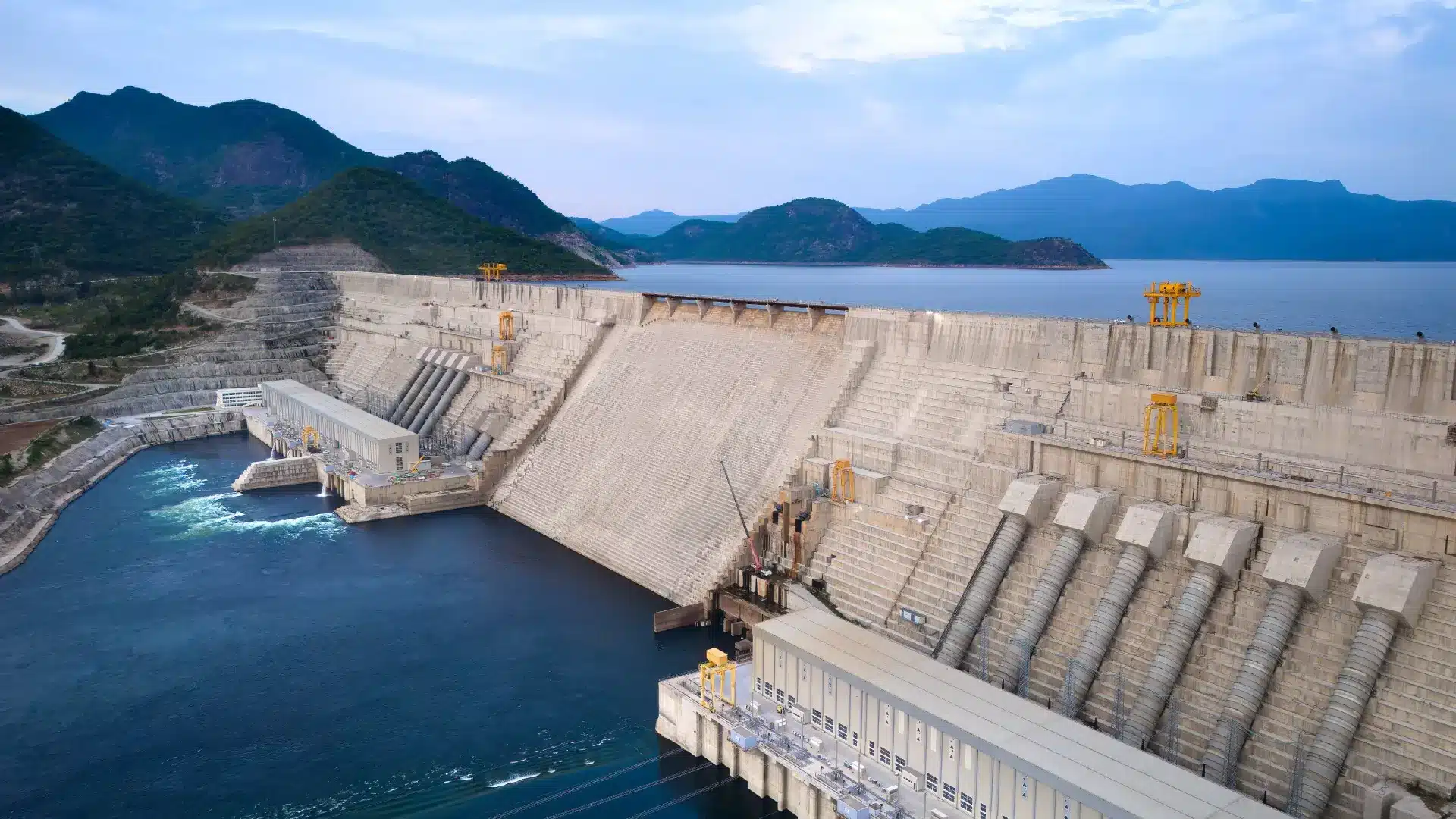British energy giant BP has confirmed a significant gas condensate discovery at the Volans-1X exploration well under Petroleum Exploration License 85 (PEL85) in Namibia’s Orange Basin.
The company disclosed the discovery in a press statement on Monday, marking its second exploration success in Namibia this year.
PEL 85 is operated by Rhino Resources (42.5%) alongside NAMCOR (10%), Korres (5%) and Azule Energy (42.5%); a joint venture equally co-owned by BP and Eni.
The Volans-1X well marks the third significant hydrocarbon discovery in 2025 for the Azule Energy partners, following the Capricornus-1X light oil find in Namibia and the Gajajeira-01 gas discovery in Angola.
The well was drilled by the Deepsea Mira semi-submersible rig to a total depth of 4,497.5 meters, penetrating the Upper Cretaceous target.
Weeks after drilling operations resumed, the rig encountered 26 meters of net pay in gas condensate-rich reservoirs with no water contact, indicating high-quality reserves.
Laboratory analysis revealed a high condensate-to-gas ratio (over 140 barrels per million standard cubic feet) and a liquid density of around 40° API, suggesting strong commercial potential.
What this means for BP
This major hydrocarbon discovery in Namibia’s Orange Basin, one of Africa’s most promising new energy frontiers, is a major achievement for BP.
It is the second hydrocarbon find by the UK-based company since Capricornus-1X was announced in April 2025.
Namibia’s Orange Basin has attracted global attention following multiple discoveries by Shell, TotalEnergies, and now BP.
The region is a budding hydrocarbon production hub, with potential to reshape Southern Africa’s energy landscape.
For BP, this discovery is one of its 11 discoveries in 2025, reinforcing its strategy to invest in high-yield, low-carbon assets
So far this year, the British company has recorded several discoveries across key hydrocarbon basins, including the Far South discovery in the Gulf of America and well 1-BP-13-SPS at the Bumerangue block in Brazil’s Santos Basin, where it holds 100% participation.
Is Namibia still the next Guyana?
Namibia was once hailed as the “next Guyana” following major offshore discoveries in the Orange Basin by Shell, TotalEnergies, and BP.
However, recent analysis suggests that while both countries have struck oil, their trajectories are beginning to diverge.
Namibia has made impressive discoveries (including Venus, Mopane, and Capricornus-1X) but it has yet to match Guyana’s pace in converting those finds into production and revenue.
Shell initially brought Namibia into the spotlight with its Graff-1X prospect, but later wrote off the resources in January 2025, citing non-commerciality. The company remains undecided about further investment in PEL 39.
Despite this, other major oil firms such as BP, Eni, and TotalEnergies continue to invest heavily in Namibia’s upstream sector.
In September, TotalEnergies even began negotiations to extend its license for the Venus block (under PEL 56), where commercial hydrocarbons were discovered in 2022.
Venus remains TotalEnergies’ only active license in Namibia. The high-impact find marked a turning point for the desert nation, ending decades of sporadic and largely unsuccessful exploration.

